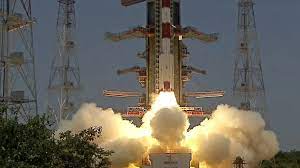- Krutrim AI is Ola’s in-house AI assistant, created to meet the unique demands and sensitivities of Indian consumers, bridging the gap between traditional AI and specific cultural situations.
Krutrim’s Capabilities
- Krutrim supports multiple languages, including English, Hindi, Tamil, Telugu, Malayalam, Marathi, Kannada, Bengali, Gujarati, and Hinglish, to cater to India’s diverse linguistic landscape.
- Krutrim can be used for a variety of tasks, including email writing, information search, learning new skills, trip planning, recipe discovery, and more.
Technology behind Krutrim AI
- Krutrim uses a powerful AI model that has been trained on large datasets of Indian languages, social settings, and cultural allusions.
- Natural Language Processing (NLP): Uses NLP to understand human language nuances, such as colloquialisms and cultural contexts, which improves user interactions.
- Krutrim can learn from datasets using machine learning (ML) methods, which help it improve its responses and grasp user intent.
- Deep Learning: Uses Deep Learning to identify patterns and analyse complicated data, which is critical for contextual reactions and performance improvement.
Applications and Benefits for Users
- Krutrim AI improves user experiences across multiple industries by providing culturally sensitive interactions, personalised learning in education, and administrative work automation.
- Support for material Creators: Krutrim can be used for ideation and localization, making material more relatable and engaging.
- Automating Repetitive procedures: Krutrim’s strengths include automating repetitive administrative procedures across sectors, which increases efficiency and production.
Source: https://medium.com/@deeptech8974/unveiling-krutrim-ai-indias-homegrown-artificial-intelligence-marvel-b7412b305b0e










